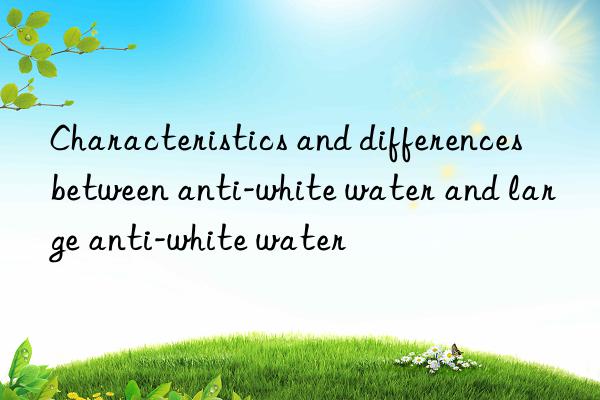
Nature is rich in products, but many primitive substances in nature cannot be used directly by humans and require many processes of processing. It can only be used by humans after being refined. During the use of inks, paints, etc., if you encounter poor weather conditions, the use effect will not be so good, so thinners are often added to the paints. The name of this type of thinner is commonly known as anti-white water, Xuehang New Materials Let me briefly introduce white water prevention to you.
What is anti-white water?
The scientific name of anti-white water is ethylene glycol butyl (CAS: 111-76-2) BCS for short, also known as small anti-white water.
Anti-white water is a colorless flammable liquid with a moderate ether smell.
Product use: used as coatings, printing inks, stamp pad inks, oils, and resins Solvents such as metal detergents, paint strippers, lubricants, car engine detergents, dry cleaning solvents, epoxy resin solvents, pharmaceutical extractants; used as stabilizers for latex paints, evaporation inhibitors for aircraft coatings, and high-temperature baking Surface processing of enamel paint, etc.
Put white water in spray paint, nitrocellulose, and varnish as a solvent, especially as a diluent agent effect. Adding them during humid or rainy weather will prevent the surface from becoming white and foggy (moisture in the air clinging to the paint surface) after painting. Therefore, it is commercially known as fibrinolytic agent in the United States. We call this phenomenon anti-whitening, so ethylene glycol butyl ether is a small anti-whitening water and anti-whitening water.
Anti-white water The difference with Da Fang White Water
The scientific name of Da Fang White Water is diethylene dioxide Butyl alcohol ether (CAS: 112-34-5), referred to as DB. A colorless liquid with a slight smell of butanol, miscible with water in any proportion, soluble in ethanol, ether, oils and many other organic solvents.
Due to the high boiling point and low evaporation rate of white water, it can be used as a coating Solvent for inks, paints, dyes, resins, etc., can dissolve grease, dyes, resins, digest cellulose, etc., and is also used in organic synthesis. It is also used as an intermediate for plasticizers and a diluent for hydraulic brake fluids. It is also used to produce piperonyl butoxy compounds.
Great anti-whitening agents are dibutyl ether (the reaction requires 2 mol of butanol, which has two ether groups), and anti-whitening water (the reaction requires 1 mol of butanol, which has one ether group). In addition, the risk of white water prevention is lower than that of anti-white water. The former is not included in the eight categories of hazardous chemicals catalog, while the latter is included in the catalog of hazardous chemicals.



 微信扫一扫打赏
微信扫一扫打赏
